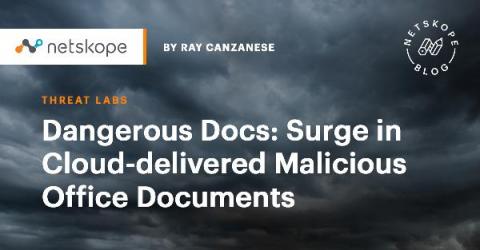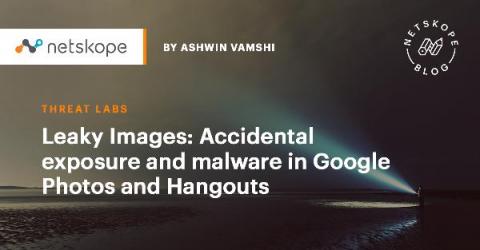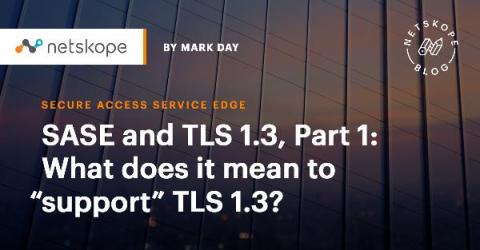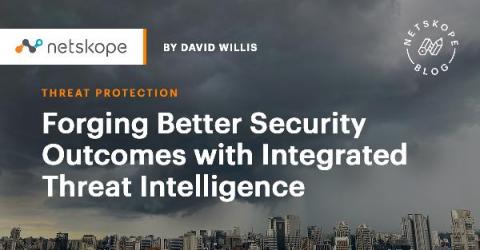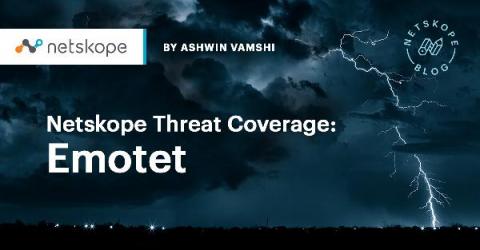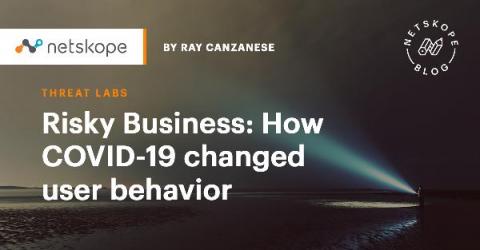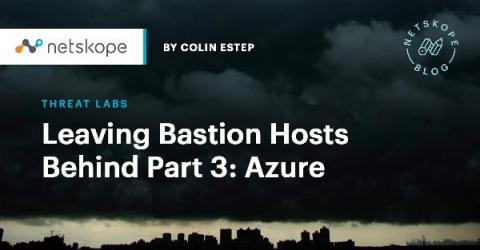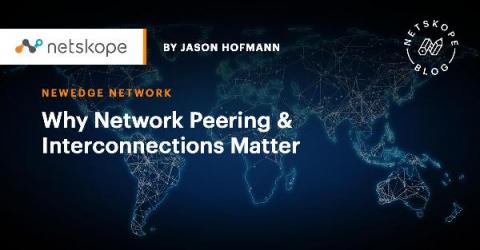The Future of Work: Enabling the Not-so New Normal
At this point in the pandemic, you’re probably tired of everyone referring to remote working as “the new normal.” Large companies like Facebook, Google, and Twitter have already announced that they will be working from home until the end of 2020 at the earliest, or as far out as August 2021. So, if these companies are any indication, we will all still be working from home for the foreseeable future.



